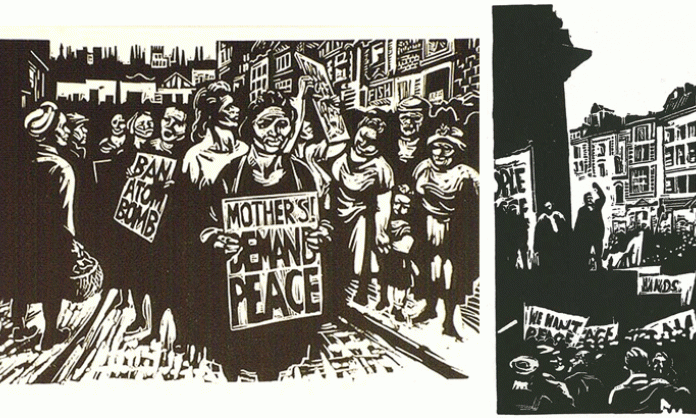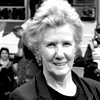The Depression was in full swing. Unemployment was high and rising. Evictions were commonplace as people sank into poverty. Politically, fascism was starting to stamp its ugly features on society while the Communist Party was under attack – its publications banned, its street meetings and demonstrations broken up, its members beaten up by the police and jailed.
But there was resistance. And Brunswick in Melbourne was one of the key areas.
Single unemployed men found it particularly hard to find somewhere to live, so there were tent camps set up around the suburbs. Rebelling against the military-style conditions at one camp, a group of about 70 men, many in the militant Unemployed Workers Movement, pitched a tent camp in Barkley Street.
Here they set up what became known as the “Brunswick Soviet”. There was a committee which organised camp life, but they also held political classes and discussion groups.
Finding a place to live was hard, but keeping one was equally as hard once unemployment hit. Resistance to the evictions sprang up; often hundreds of people would gather around a house to prevent its inhabitants being thrown out.
The Brunswick Soviet provided, as artist and Communist Party (CP) member Noel Counihan noted, “a discipline and formidable commando force for unemployed demonstrations and provided resistance in the case of evictions”.
Noel Counihan shared many of their experiences. A bit of a rebel from a young age, school – except for the art and literature classes – was not for him. By the time he’d turned 18, he’d joined the Young Communist League and Friends of the Soviet Union.
After leading a campaign of younger workers at Marks and Selwicks for higher overtime rates, Counihan was sacked. Returning home, he found his father had burnt all his left wing books and art and he found himself out on the streets with no money and nowhere to go.
As well as illustrating many of its papers, pamphlets and posters, Counihan soon became an activist with the CP. From the late 1920s the party, barely a decade old, was the target of state repression. Leafletting and speaking to workers at shift breaks and in their lunch hours would often result in the factory guards or cops laying into CP members.
Street corner speaking was one of the few ways to get political messages out, as few could afford to rent halls for public meetings. CP members, along with unemployed workers, were frequently on the street corners of Brunswick – meeting more and more attacks from the police.
Stepping up the campaign, the party drew up its plans for Friday, 19 May, 1933. An old lift cage was bolted to a cart and then chained to a post opposite a Coles store in Sydney Road. Expecting action, a crowd had gathered around, but before the police could surround Counihan, a diversion was created by fellow activist Shorty Patullo.
Jumping on the roof of a passing cable tram, Patullo started declaiming. The police chased after the tram, yelling at it to stop. But the driver, being a good unionist, refused until he was forced to come to a halt at a stop sign. Patullo jumped off, but the police soon caught him, shooting him in the thigh.
Meanwhile Counihan had started speaking. People crowded around, streaming across and blocking Sydney Road for at least 25 minutes. Then “police of every description came from everywhere. I shouted: ‘the wretched plight of people on the dole – the injustice of the attacks on the meetings – the necessity for freedom of speech’... A large police officer in a cap – his face red with anger – shouting at his men to get a battering ram; ordering me to come out; the people laughing at his [police] dilemma.”
Eventually Counihan was removed from the cage, arrested and put in remand. Along with his fellow CP comrades, he refused to pay the fine and ended up in jail.
Remaining in the CP until his death in 1986, Counihan made his greatest contribution to left wing art. He maintained that the artist had a duty to “gather information from political developments of the time”, and he contributed thousands of sketches, drawings and paintings of ordinary people in political times.
One such example, on display at the Brunswick Counihan Gallery’s exhibition celebrating the centenary of his birth, is the illustration shown above (on the right). First published – with related poems by Jack Lindsay – as War or Peace in 1950, the linocut illustrates the poem “The people have an answer”. As true then as it is today!











